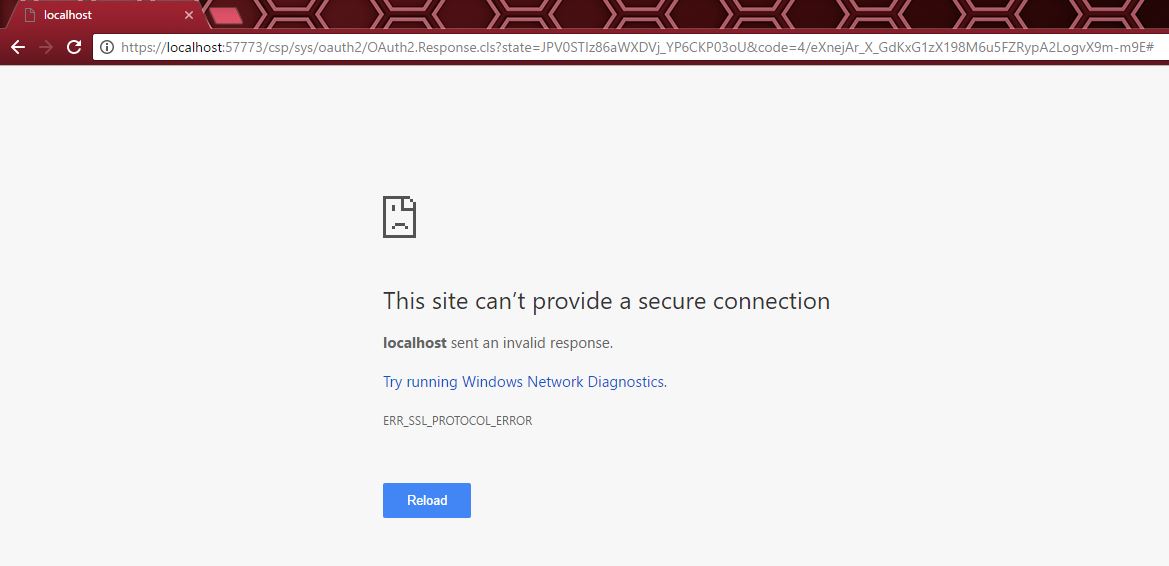My administrator was wondering where %SYS/ZAUTHENICATE.mac is stored?
He preforms a nightly backup, and would like to include the custom ZAUTHENTICATE.mac that was written for our Delegated/LDAP configuration.
Thanks
Scott Roth
The Ohio State University Wexner Medical Center




 I unable to change response Class.
I unable to change response Class.